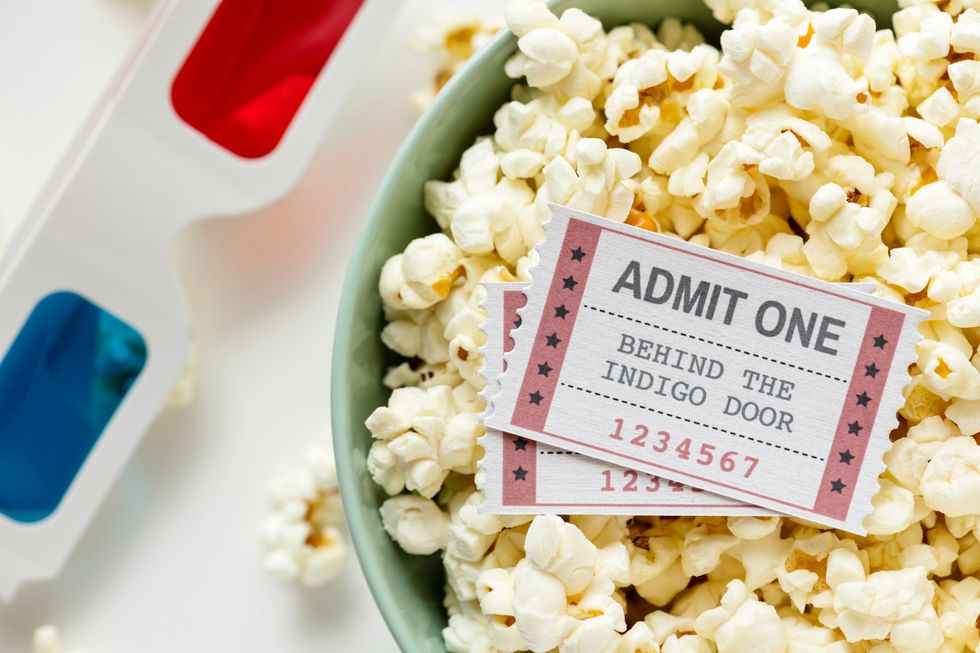Modern weddings have more variety than ever before, but most still hold a few of the same traditions that have survived for so long that few still remember how they started. They stem from a variety of religious, pagan, and cultural traditions, and some...well, there's no telling. For example, weddings in my family involve the wedding parties sneaking off to their respective bathrooms with a bottle of alcohol and singing a surprisingly vulgar song that everyone mysteriously knows the words to. That's one tradition we don't need to know the backstory of.
1. "Tying the knot"
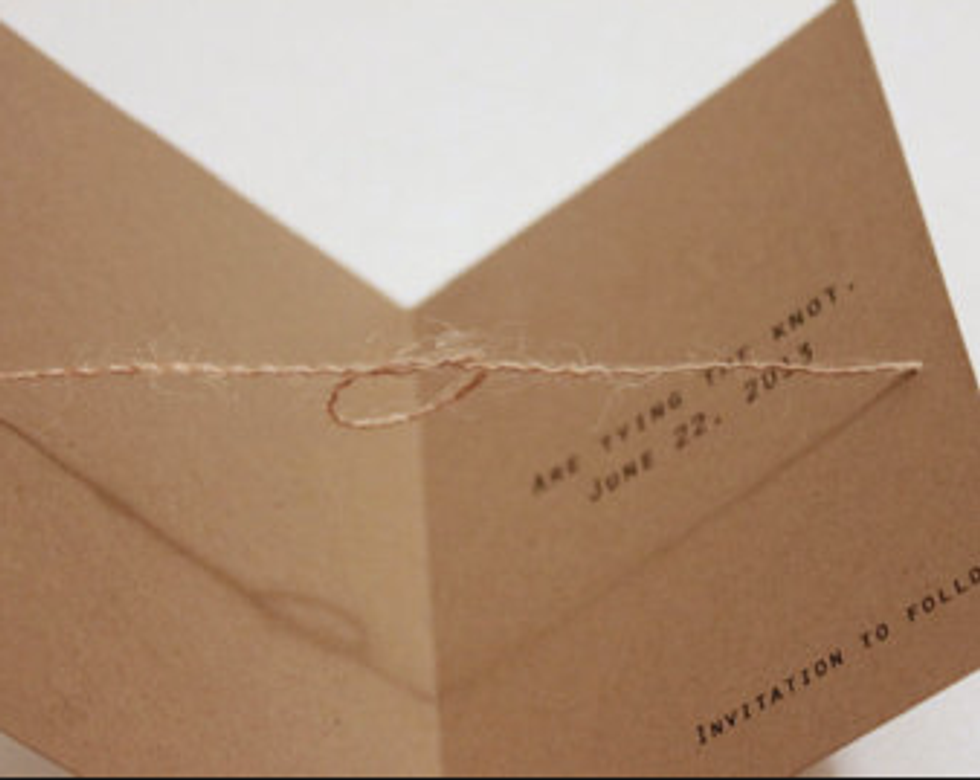
Some people like to say that it refers to the knots tied in the bride's girdle that the groom must untie in order to consummate the marriage. Those people would be incorrect.
2. Carrying the bride over the threshold
One theory is that it was once believe that evil spirits hovered outside the home in a last attempt to curse the marriage so the groom, ever the gentleman, would carry his bride past them.
The more likely origin of this tradition dates back to the lovely tradition of bride-napping (see #6), when the groom essentially had to drag his new bride to his home.
3. It's a nice day for a white wedding (dress)
I was surprised to find out that this practice did not stem from the traditionally religious focus on the bride's virginity/purity, but from people simply copying Queen Victoria, who was married in a white wedding gown to incorporate some prized lace that she owned. This tradition has been adopted by the majority of Western brides, while brides in many other eastern countries may still don traditional red gowns.
4. Engagement rings

5. Giving the bride away
Isn't it cute how many of these traditions stem from the taking/stealing/giving of women? In not-too-ancient times, women were viewed as being the property of their father until they were given (along with a dowry) to the husband that had been selected for them. A father "giving away" his daughter at her wedding was a representation of a very real transaction (see "Traditions I will not be taking part in").
6. Wedding parties
Originally, groomsmen were less of a group of your best pals and more of a very small army that would assist the groom back in the "marriage-by-capture" days. Bridal parties did not become commonplace until a while after groomsmen became a tradition, and their original purpose was to help the bride get ready and prepare the wedding feast.
7. The bride's bouquet
Originally, the bride's bouquet consisted of herbs which symbolized fertility. Over time this evolved to a bouquet of flowers, because who wants to get married holding a bunch of oregano?
The bride began tossing her bouquet because wedding guests would try to tear her dress and flowers in an attempt to obtain some of her good luck, so she would throw it into the crowd and run away.
8. The garter toss
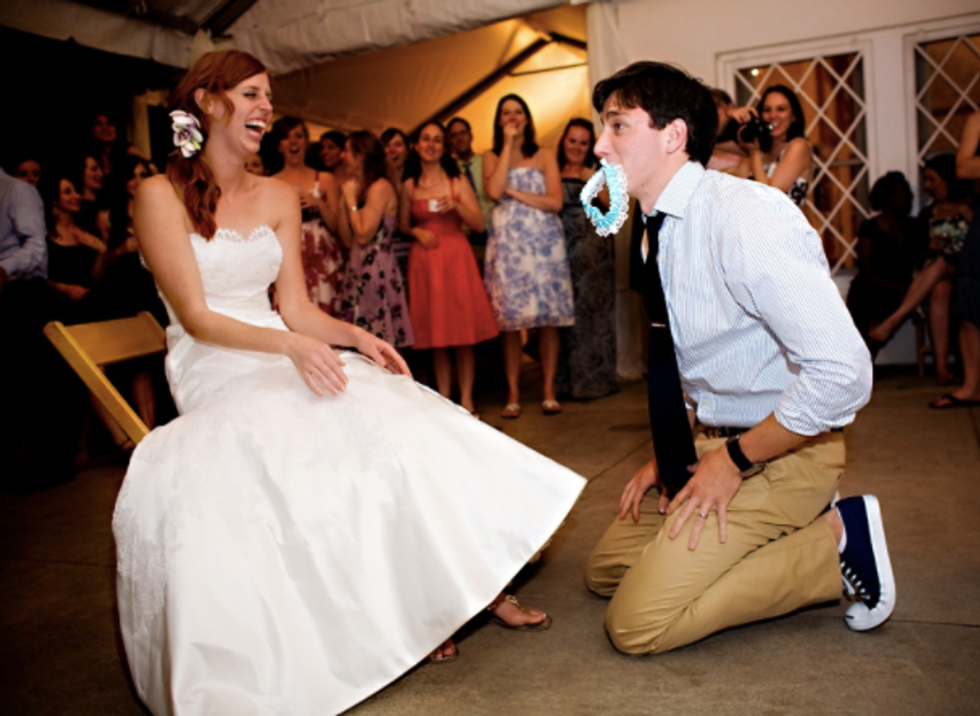
9. Breaking the glass
A traditional Jewish wedding is concluded by the groom and occasionally the bride as well stomping on a glass, generally wrapped in a cloth for the sake of safety and convenience, followed by shouts of "Mazel tov!" This tradition could be symbolic of multiple meanings, but the most common interpretation is that this practice is a symbol of the destruction of Jerusalem. Some couples even recite, "If I forget thee, O Jerusalem," preceding the stomp.
10. Jumping the broom
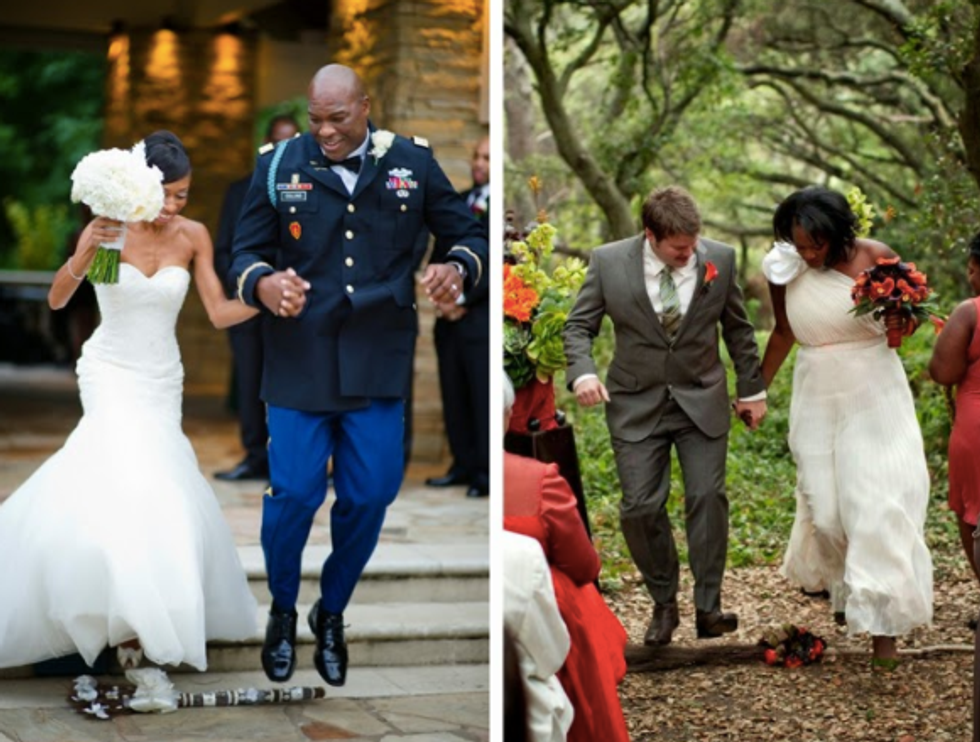
Many of these traditions stem from practices that we wouldn't be too crazy about today but have become central to modern weddings. Including these traditions in your wedding doesn't have to mean that you're in love with the history behind them. Make your wedding your own with traditions new and old!


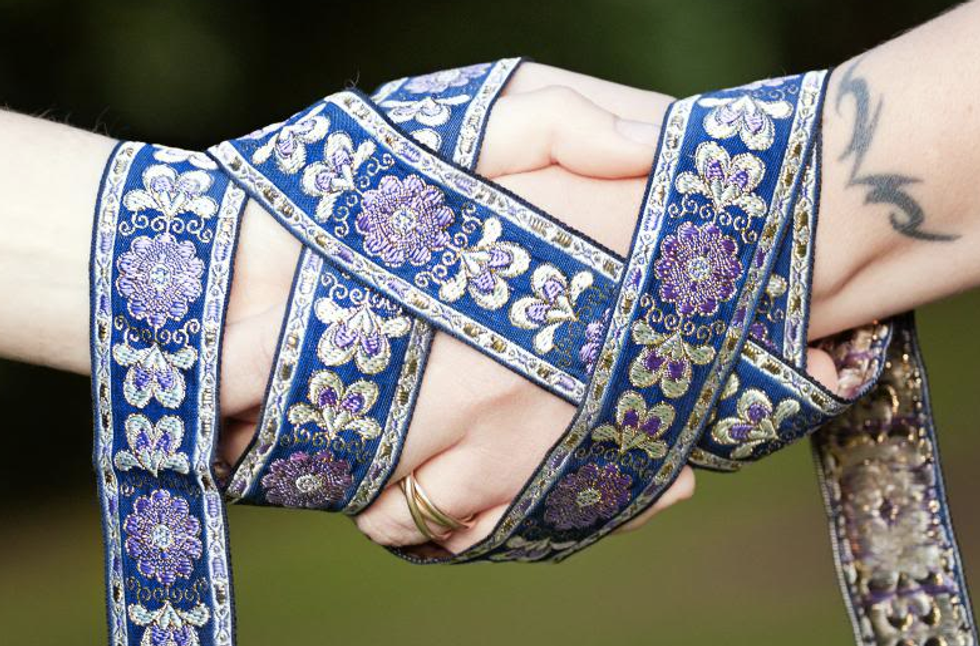
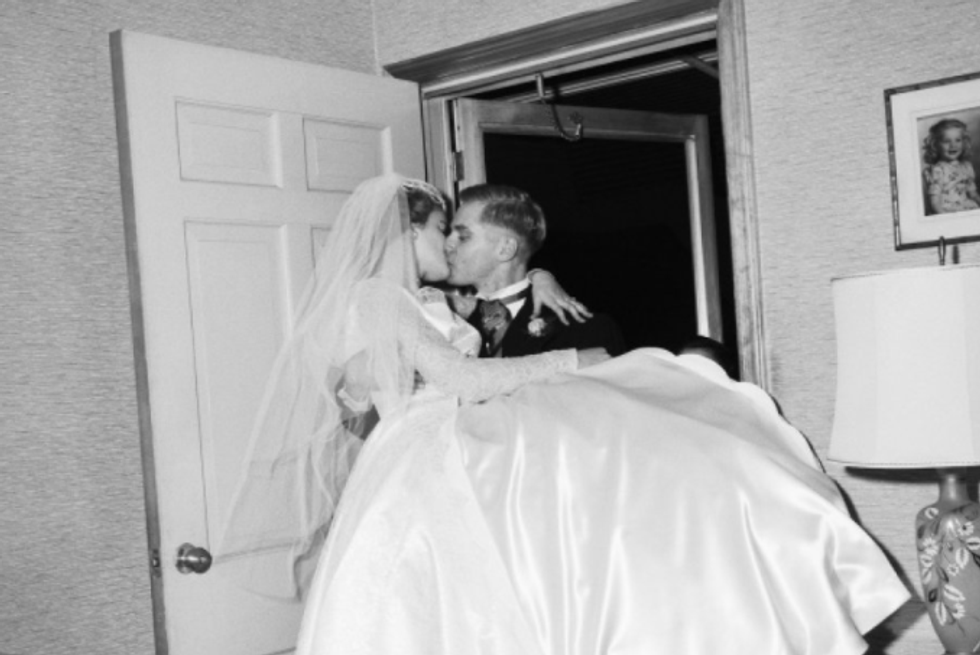
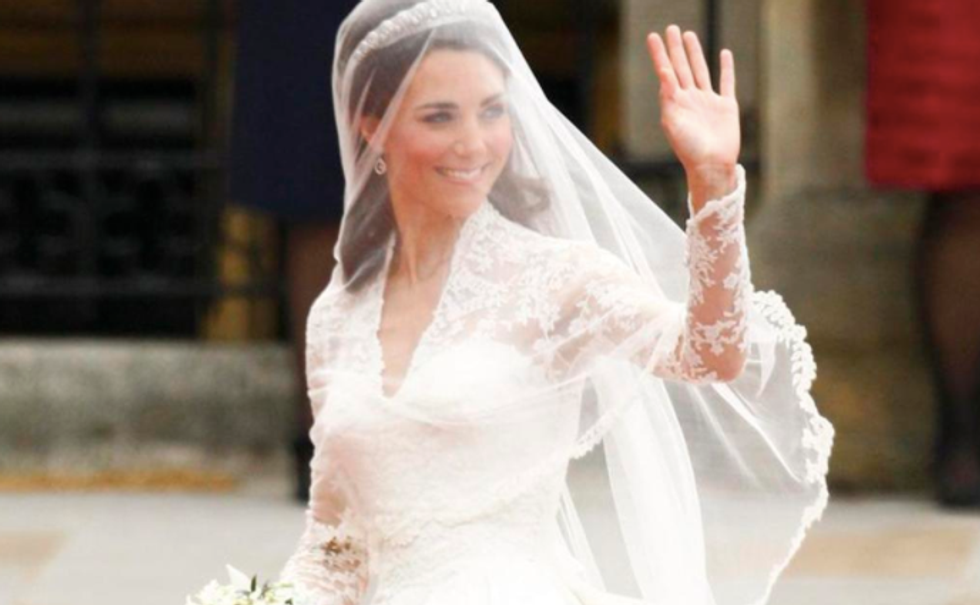
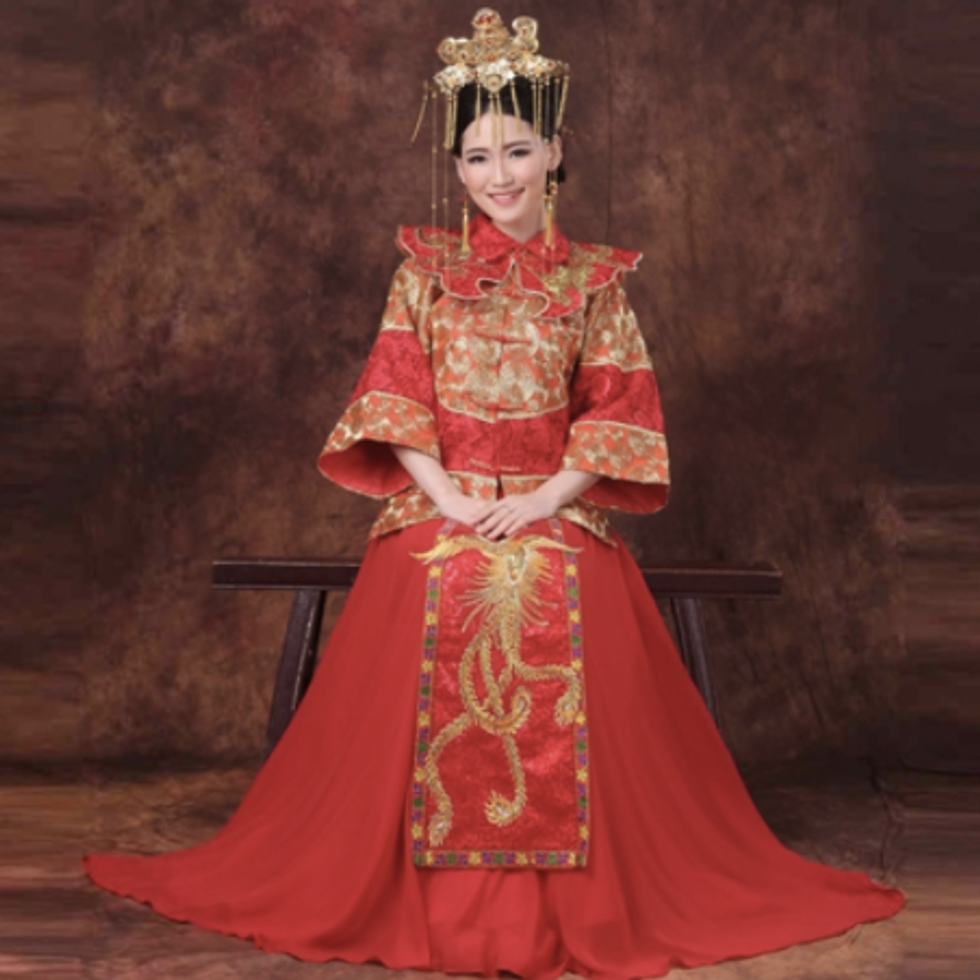

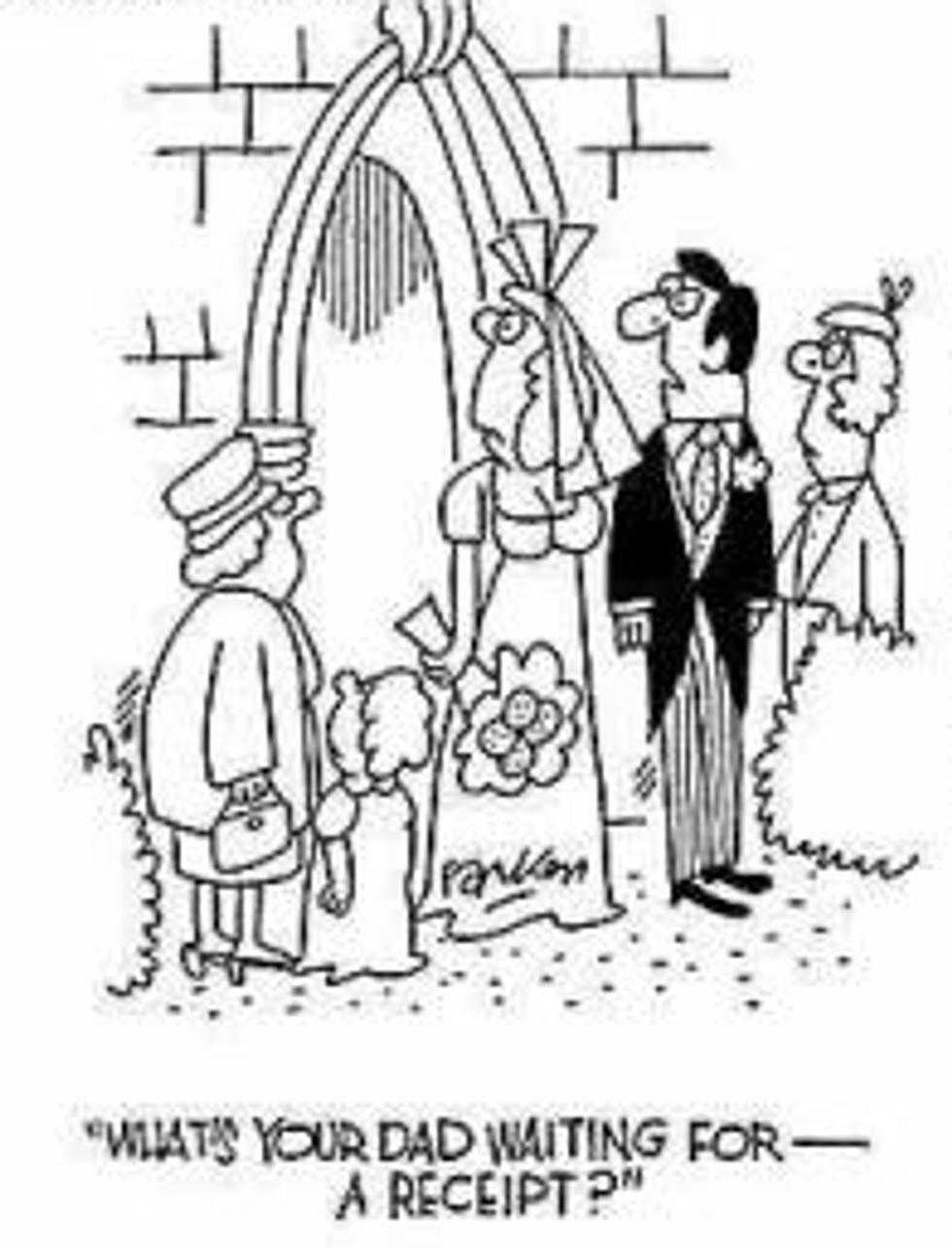

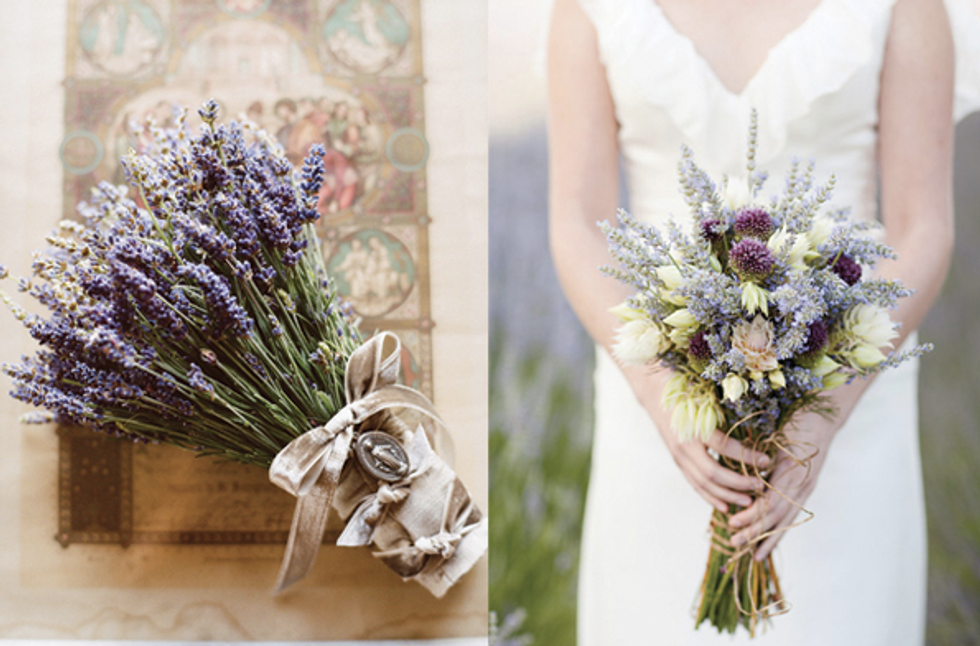
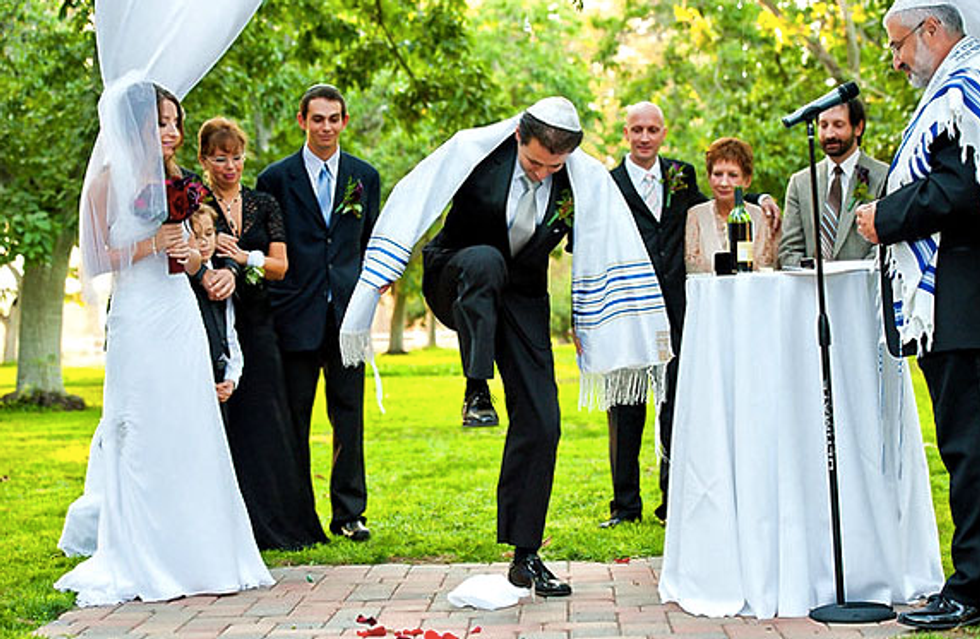

 Photo by
Photo by  person holding black smartphone on white textile
Photo by
person holding black smartphone on white textile
Photo by  StableDiffusion
StableDiffusion
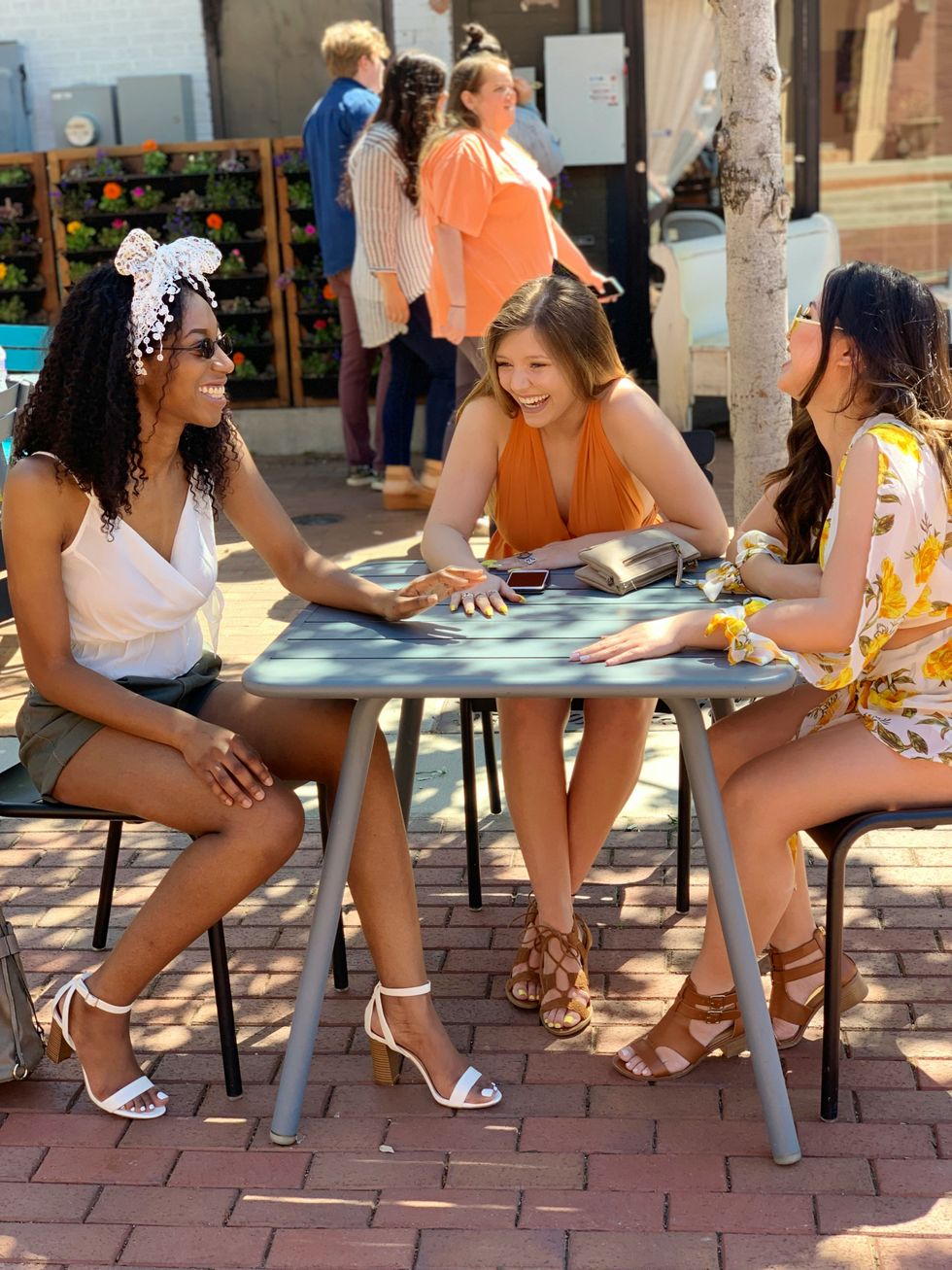 Photo by
Photo by  Photo by
Photo by 
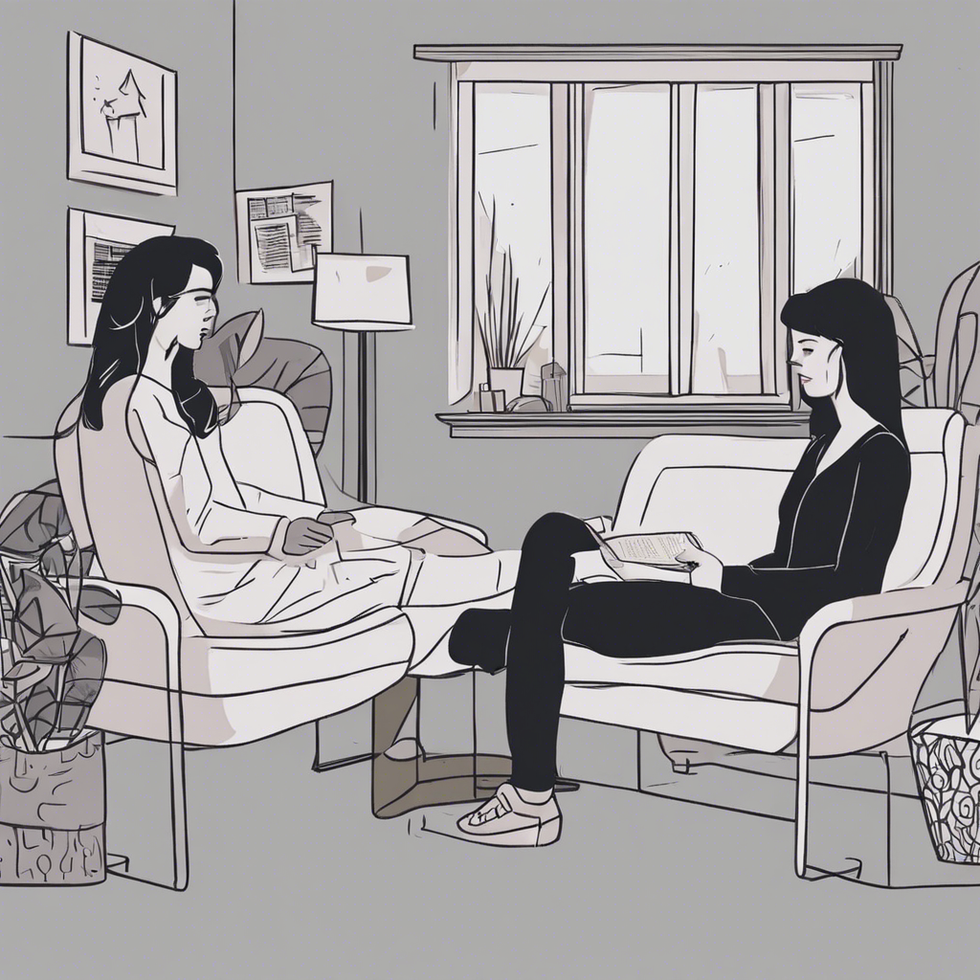 roommate as a therapist
StableDiffusion
roommate as a therapist
StableDiffusion
 woman in white shirt eating pizza
Photo by
woman in white shirt eating pizza
Photo by  person holding remote pointing at TV
Photo by
person holding remote pointing at TV
Photo by  person holding assorted clothes in wooden hanger
Photo by
person holding assorted clothes in wooden hanger
Photo by  a couple of
a couple of  friends cleaning apartment
StableDiffusion
friends cleaning apartment
StableDiffusion
 man driving car during golden hour
Photo by
man driving car during golden hour
Photo by  bacon strips and melted cheese topped fries on oval white and blue platter with gray stainless steel forks
Photo by
bacon strips and melted cheese topped fries on oval white and blue platter with gray stainless steel forks
Photo by  selective focus photography of eyeshadow palette
Photo by
selective focus photography of eyeshadow palette
Photo by  brown wooden framed white padded chair in between green indoor leaf plants inside bedroom
Photo by
brown wooden framed white padded chair in between green indoor leaf plants inside bedroom
Photo by 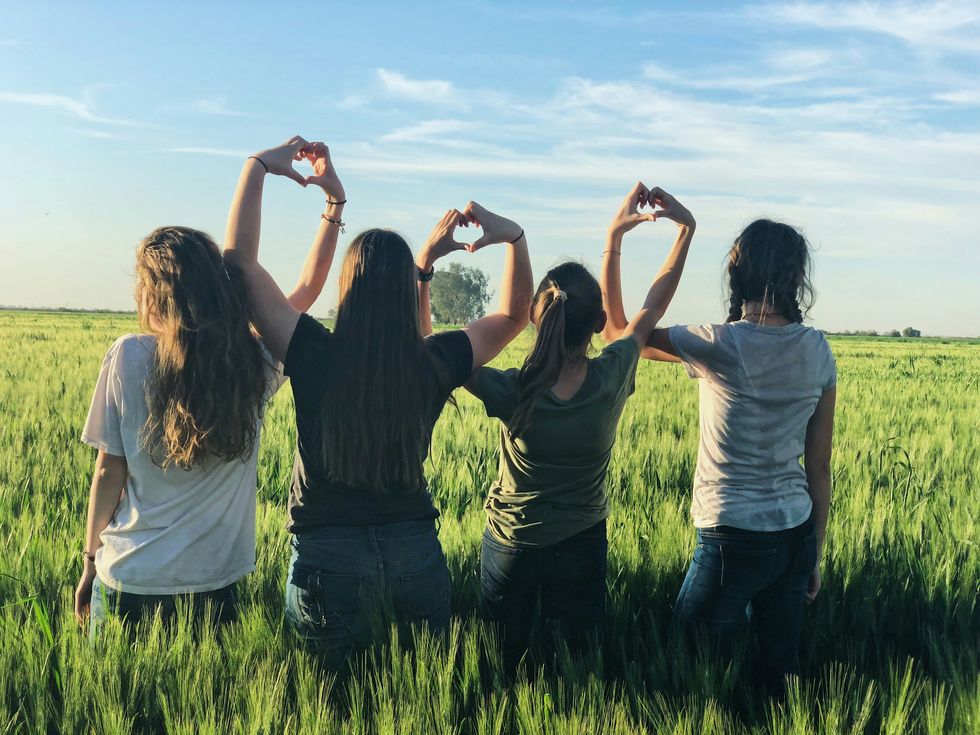 women forming
women forming  taking
taking  man in red polo shirt pouring wine on clear wine glass
Photo by
man in red polo shirt pouring wine on clear wine glass
Photo by  woman in black jacket standing on road during daytime
Photo by
woman in black jacket standing on road during daytime
Photo by 
 StableDiffusion
StableDiffusion
 StableDiffusion
StableDiffusion
 student thinking i shouldnt have procrastinated all semester
StableDiffusion
student thinking i shouldnt have procrastinated all semester
StableDiffusion
 Photo by
Photo by  Photo by
Photo by  Photo by
Photo by  StableDiffusion
StableDiffusion
 StableDiffusion
StableDiffusion
 Photo by
Photo by  Photo by
Photo by 


 Lumiere figure at the Disney Store at the Ala Moana Shoppi… | Flickr
Lumiere figure at the Disney Store at the Ala Moana Shoppi… | Flickr








 StableDiffusion
StableDiffusion StableDiffusion
StableDiffusion 10. Extra BlanketsJuwenin Home 100% Cotton Knitted Throw Blanket
10. Extra BlanketsJuwenin Home 100% Cotton Knitted Throw Blanket StableDiffusion
StableDiffusion StableDiffusion
StableDiffusion File:Kishlaru familie.jpg - Wikimedia Commons
File:Kishlaru familie.jpg - Wikimedia Commons Photo by Hanna Balan on Unsplash
Photo by Hanna Balan on Unsplash StableDiffusion
StableDiffusion black blue and yellow round illustrationPhoto by
black blue and yellow round illustrationPhoto by 